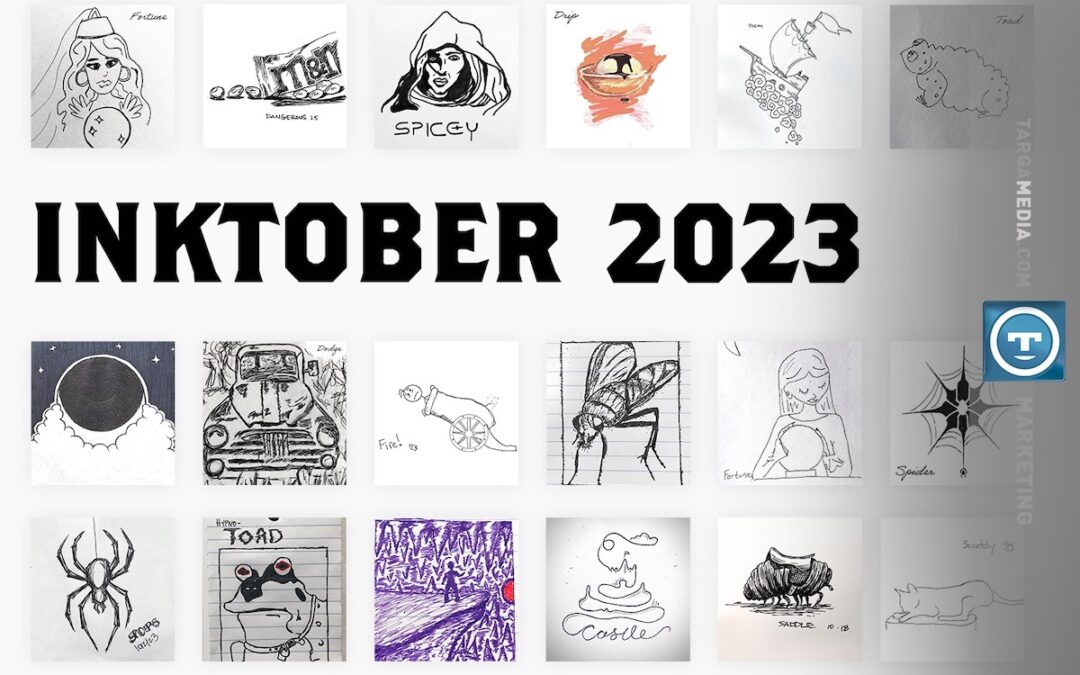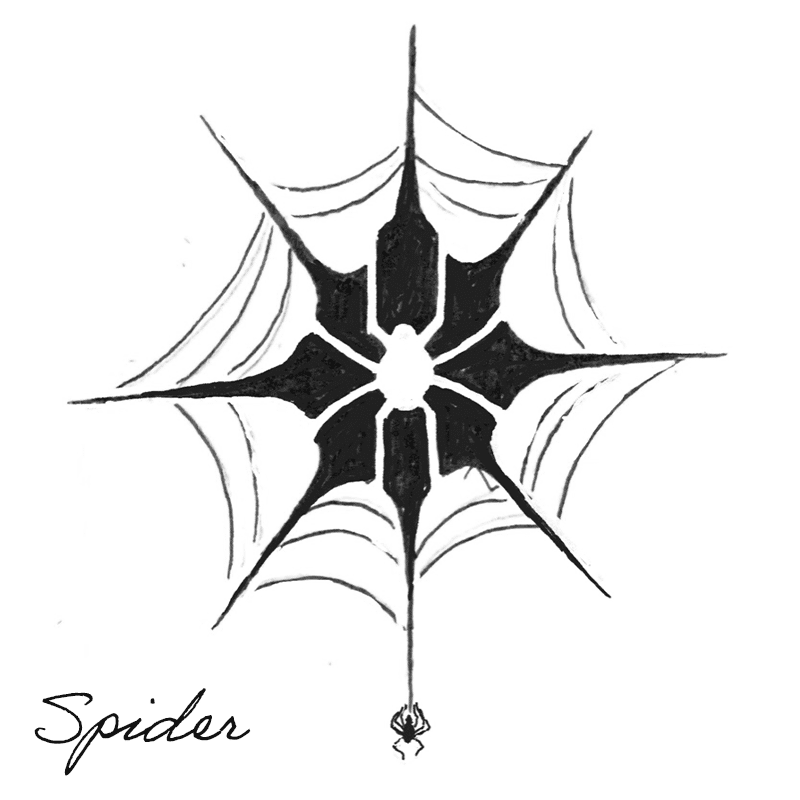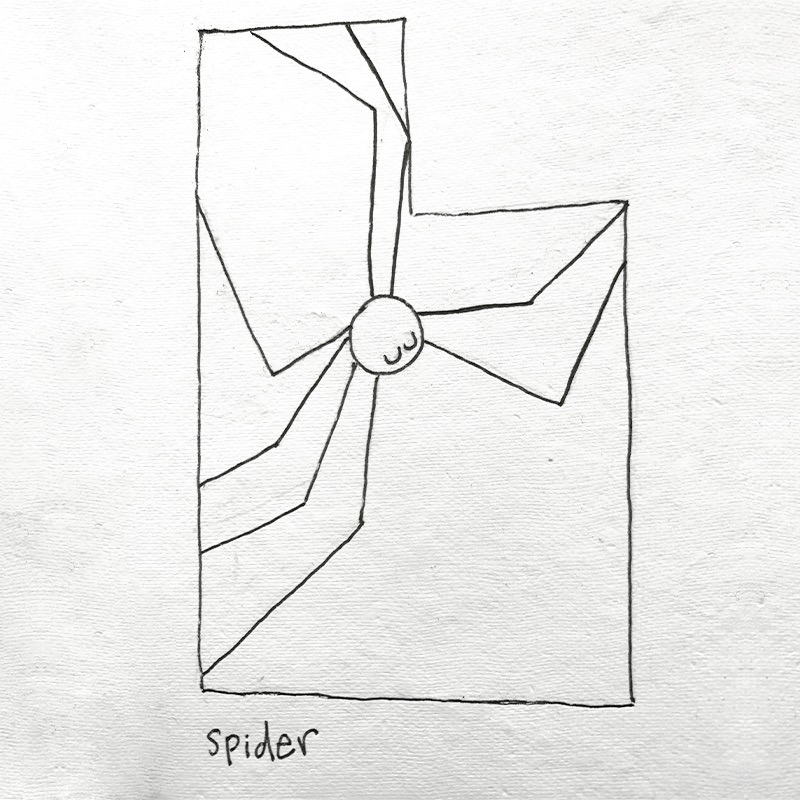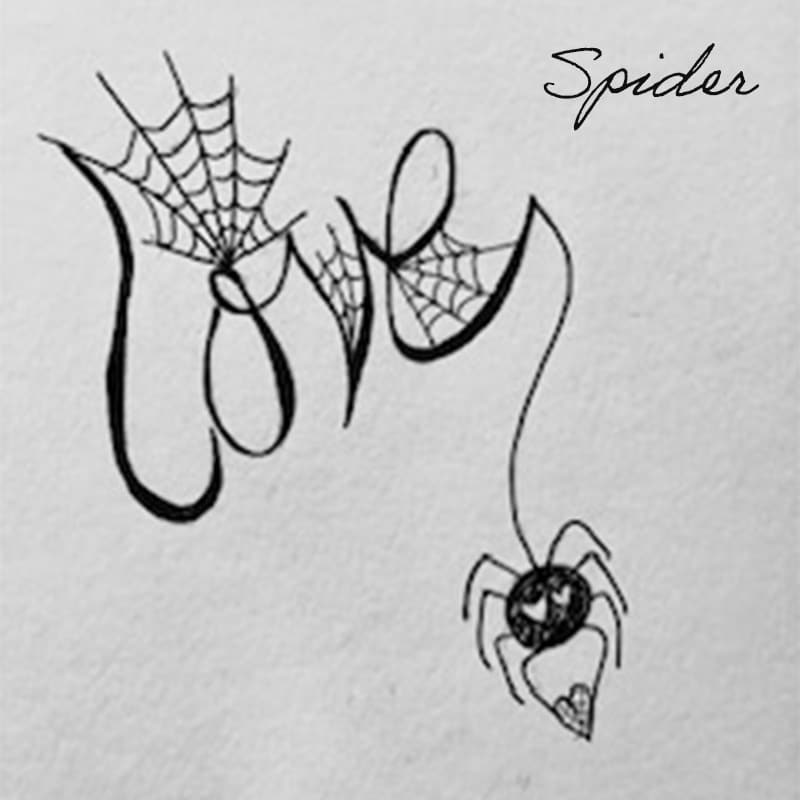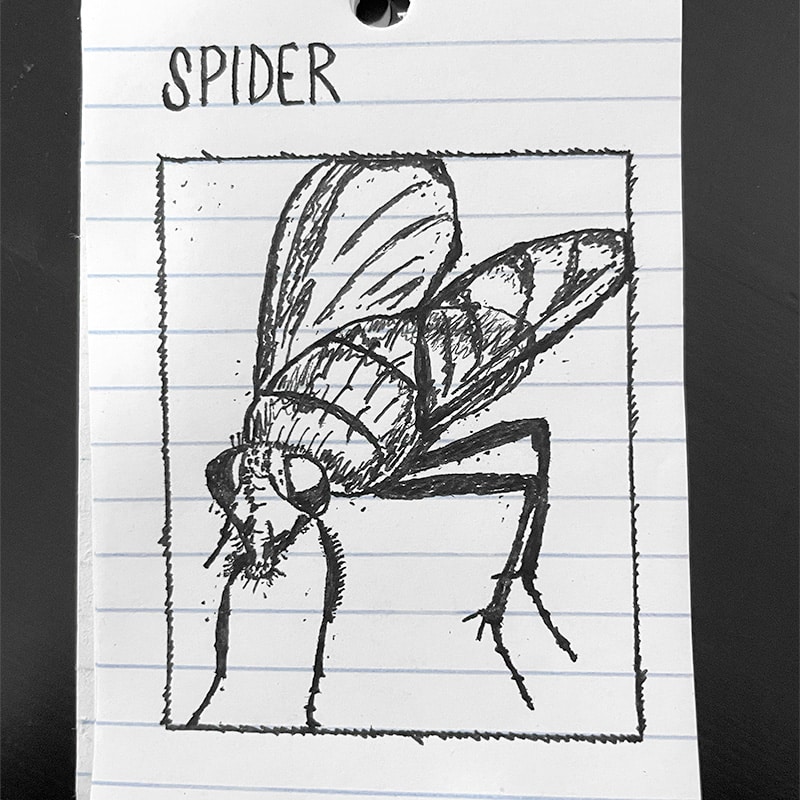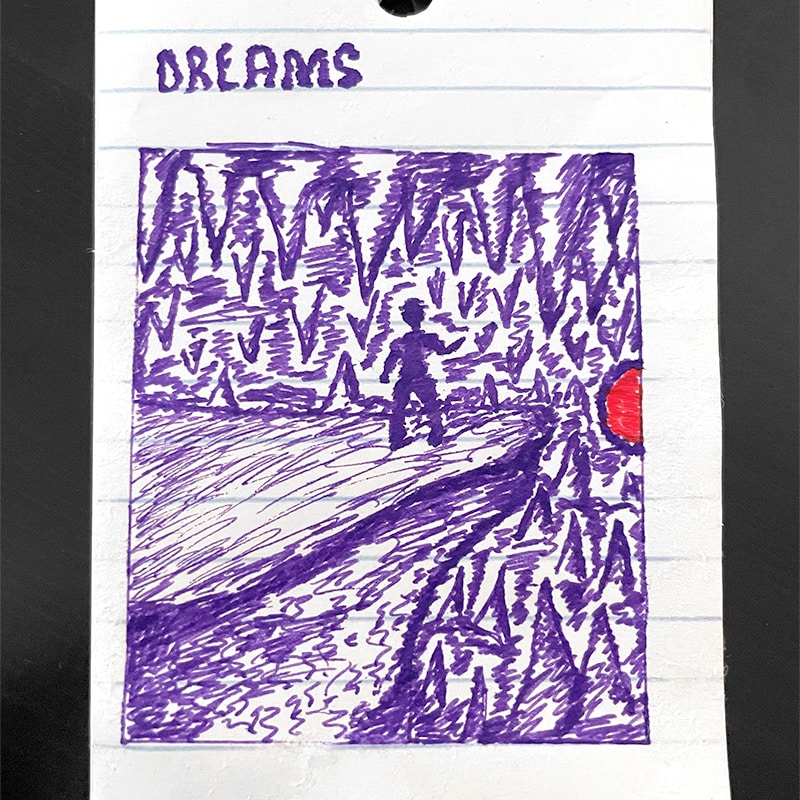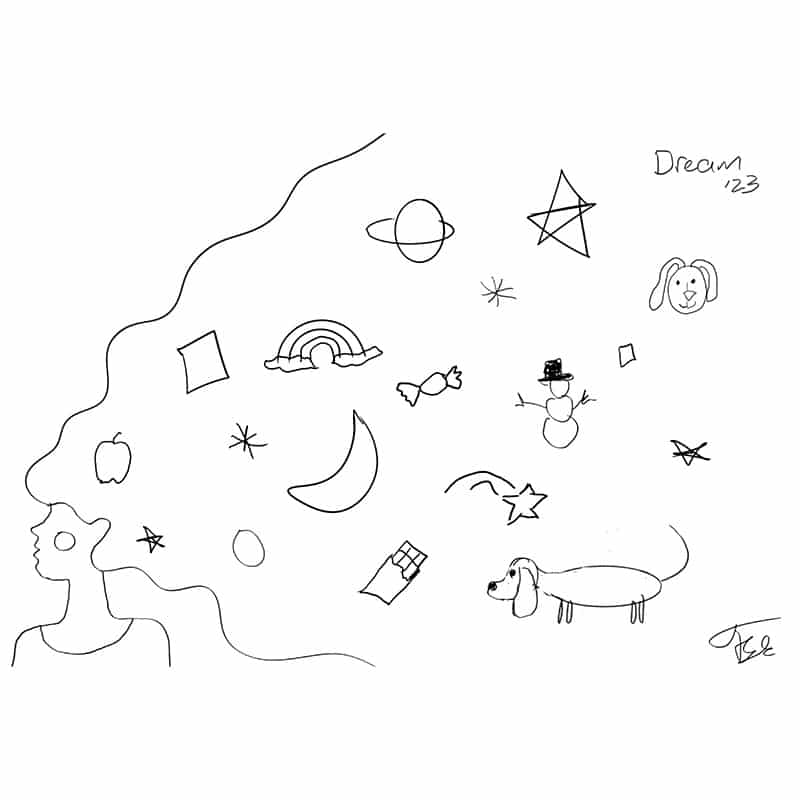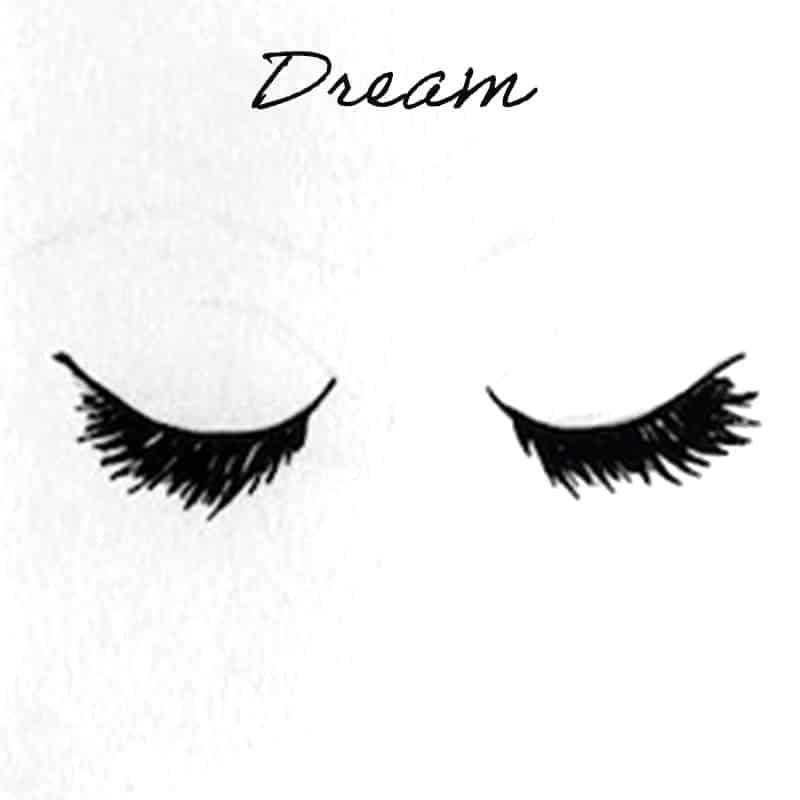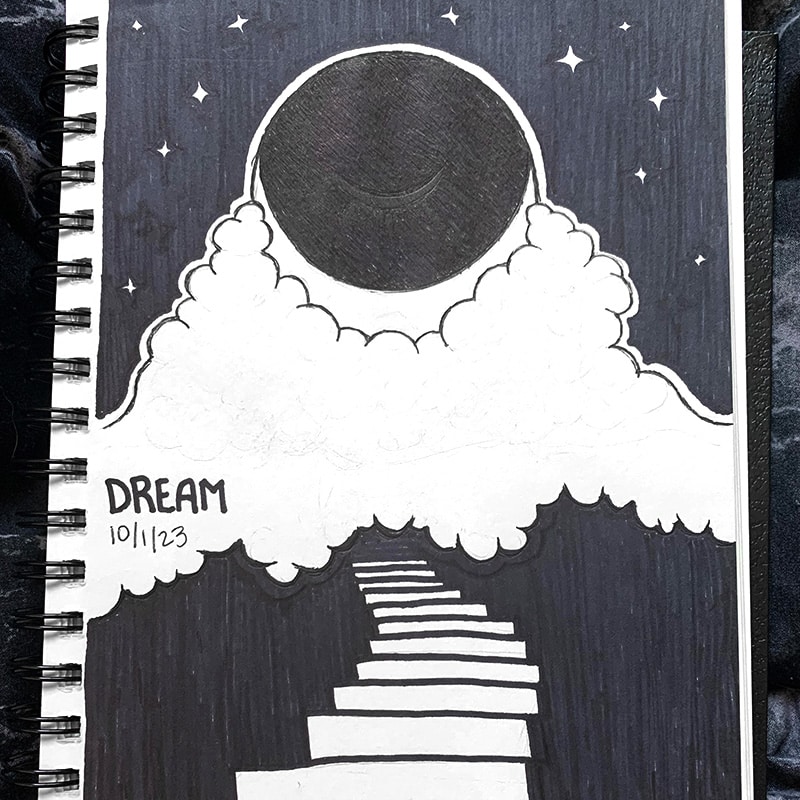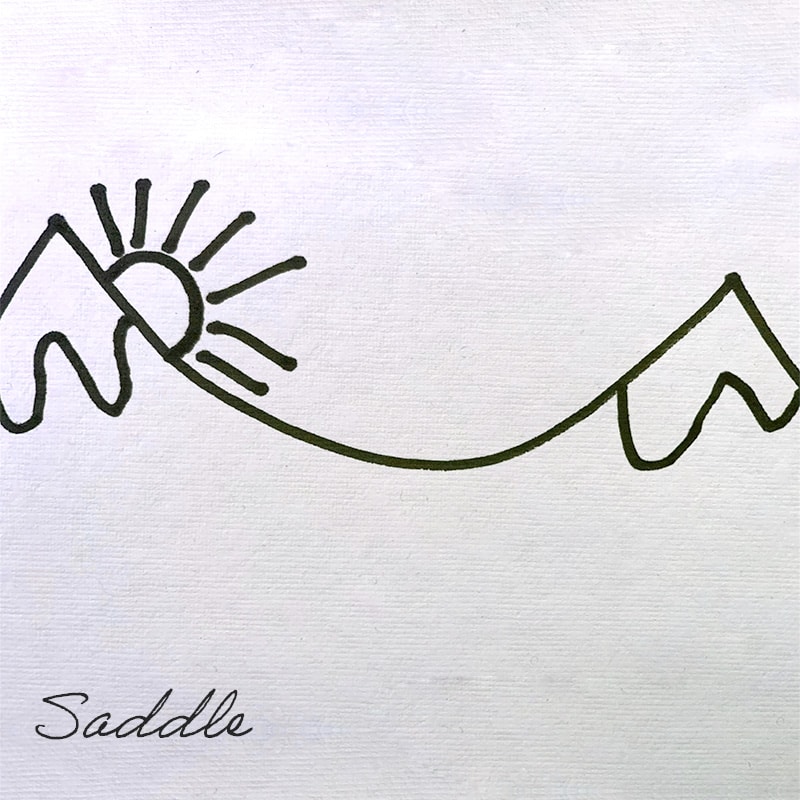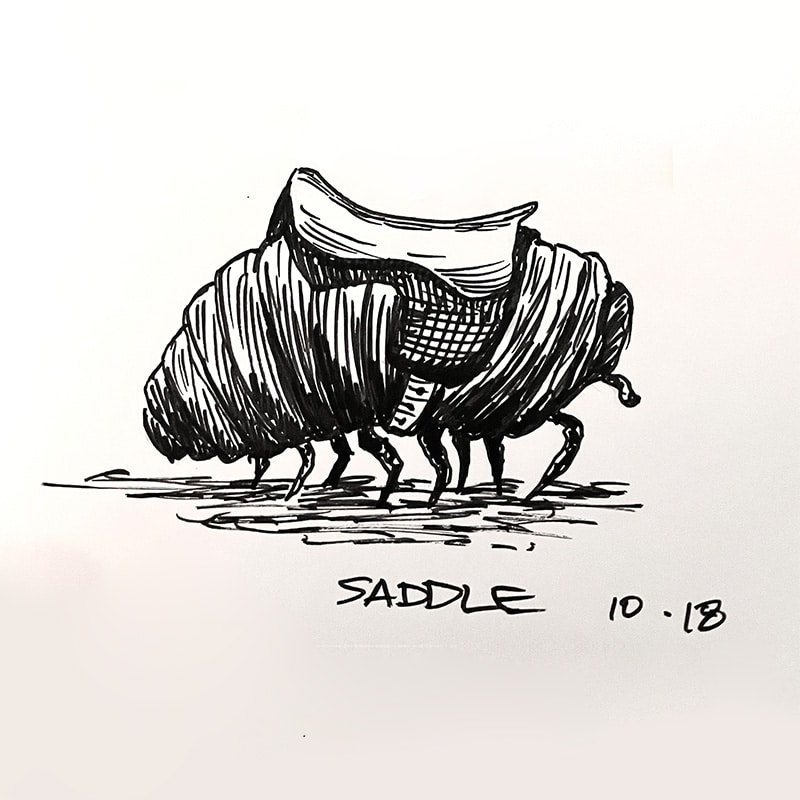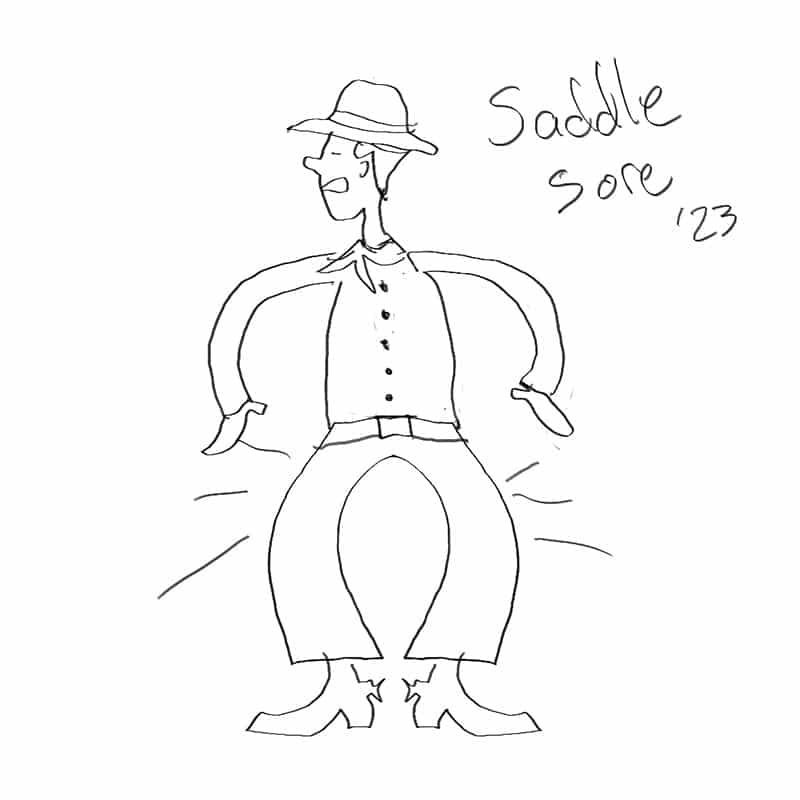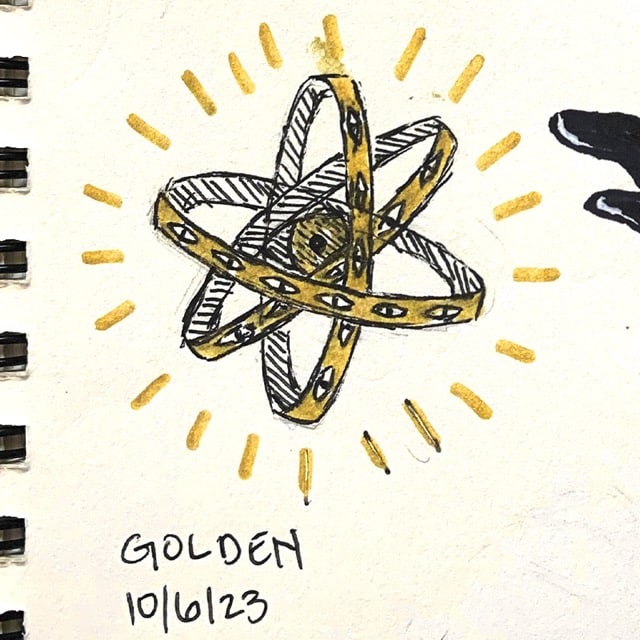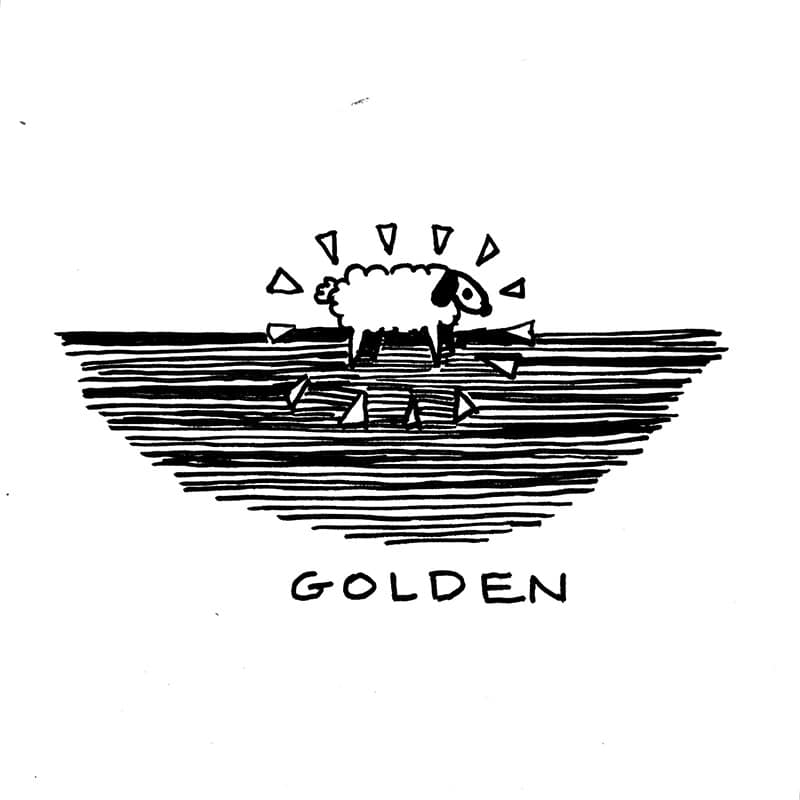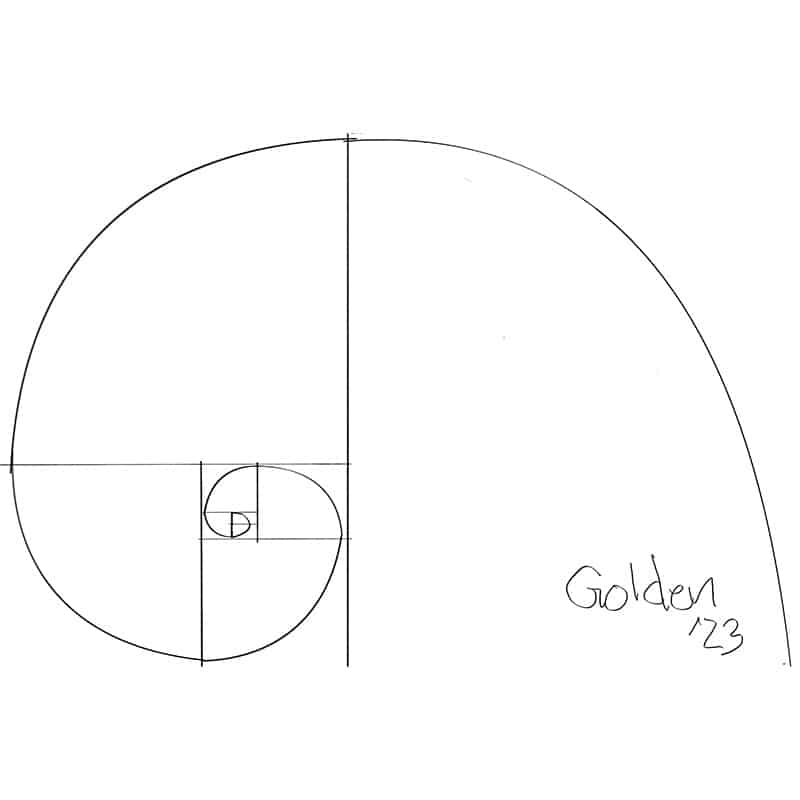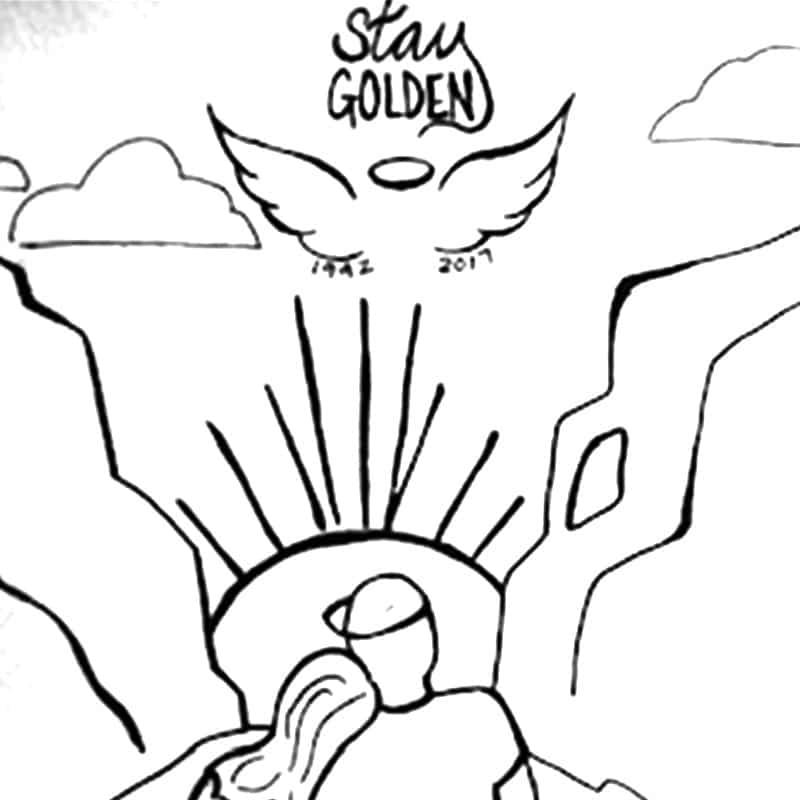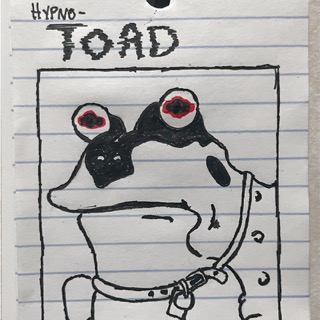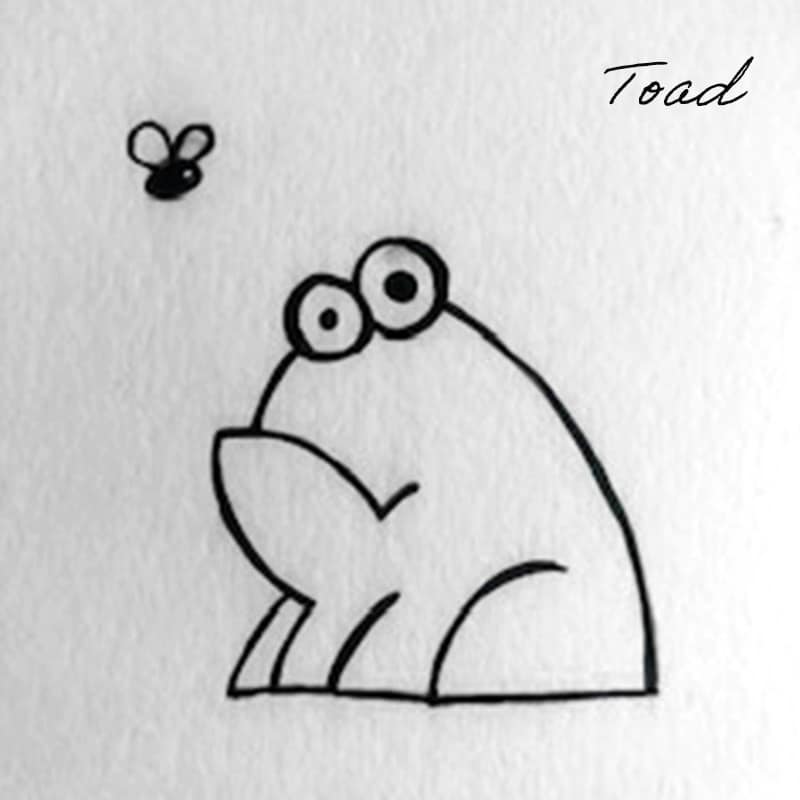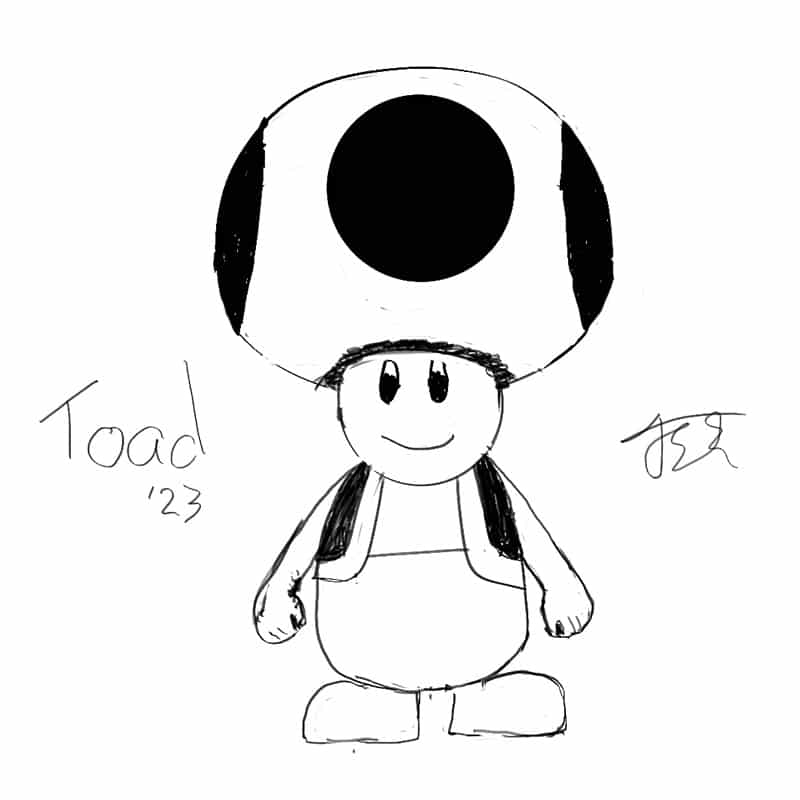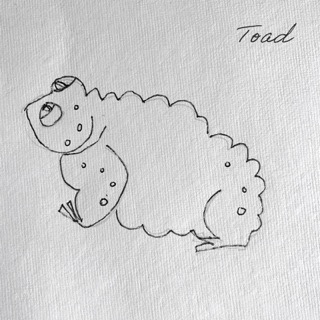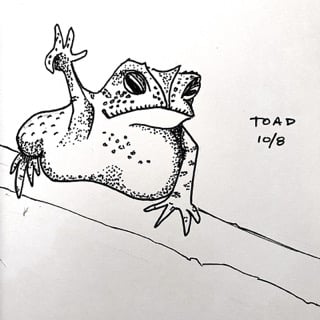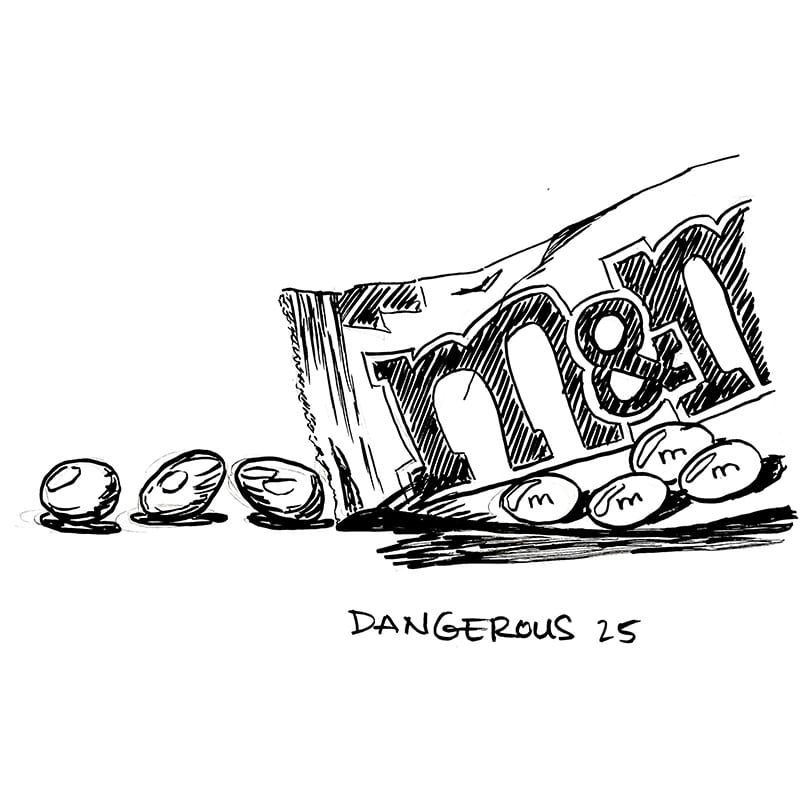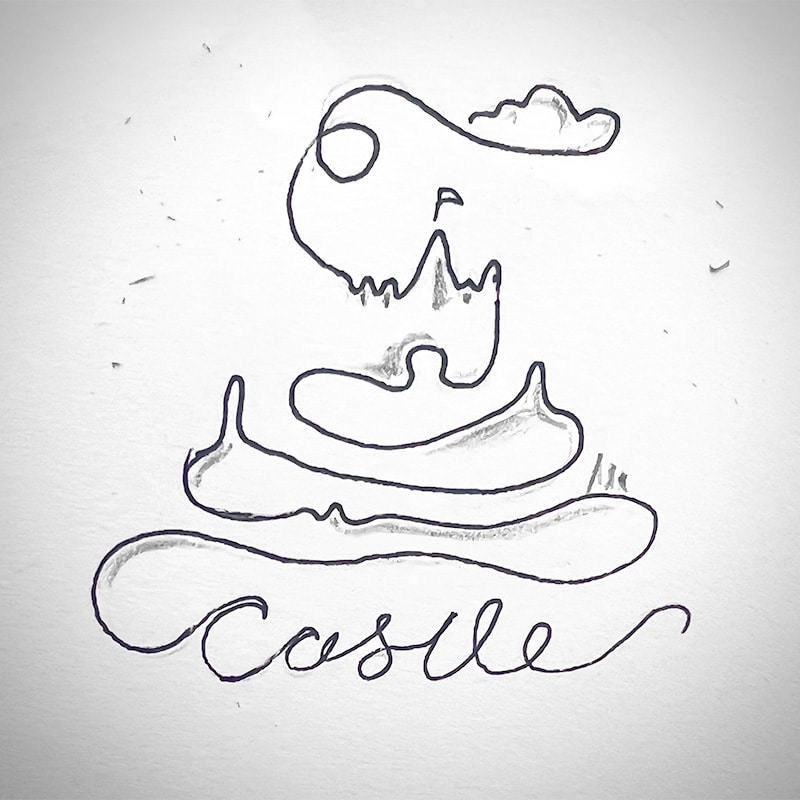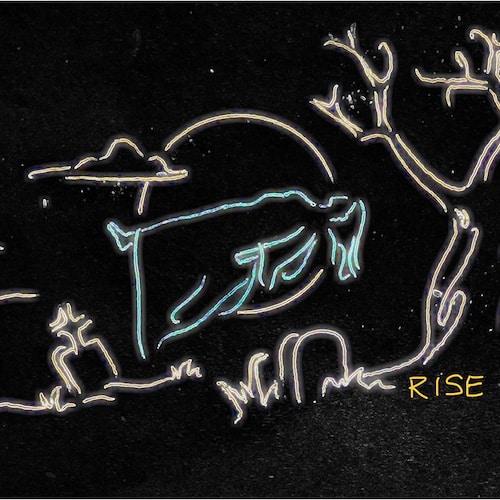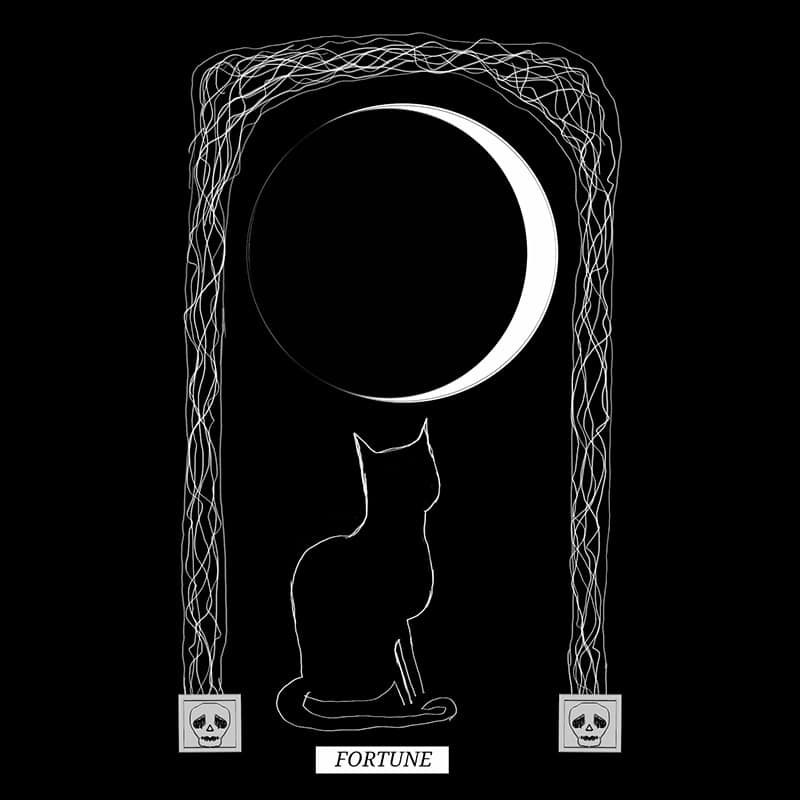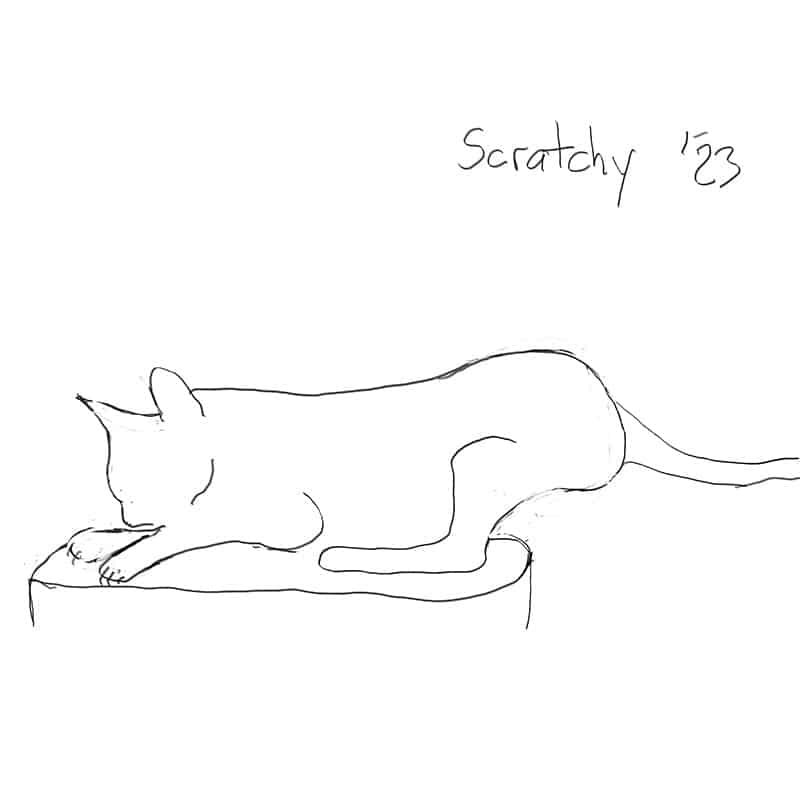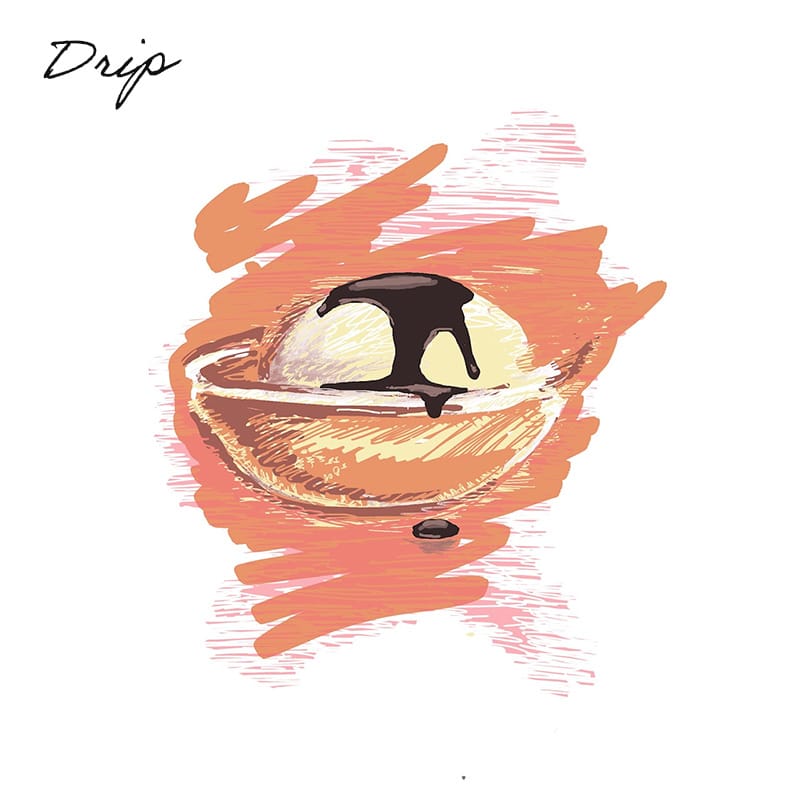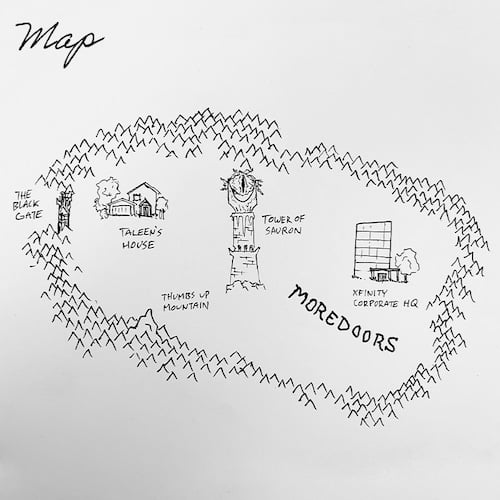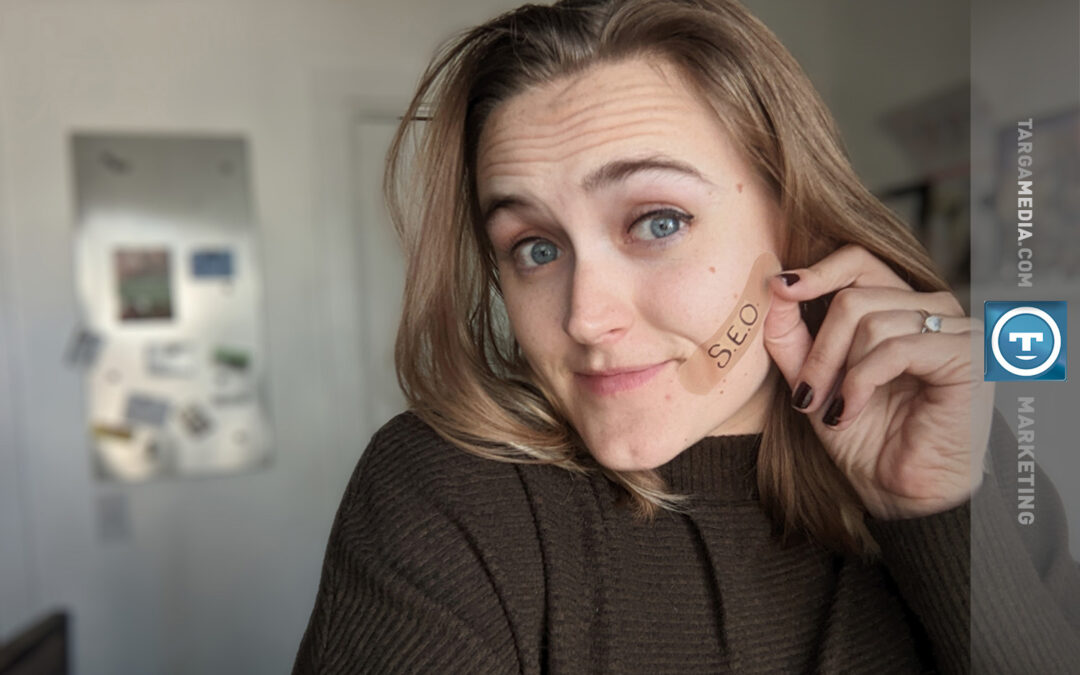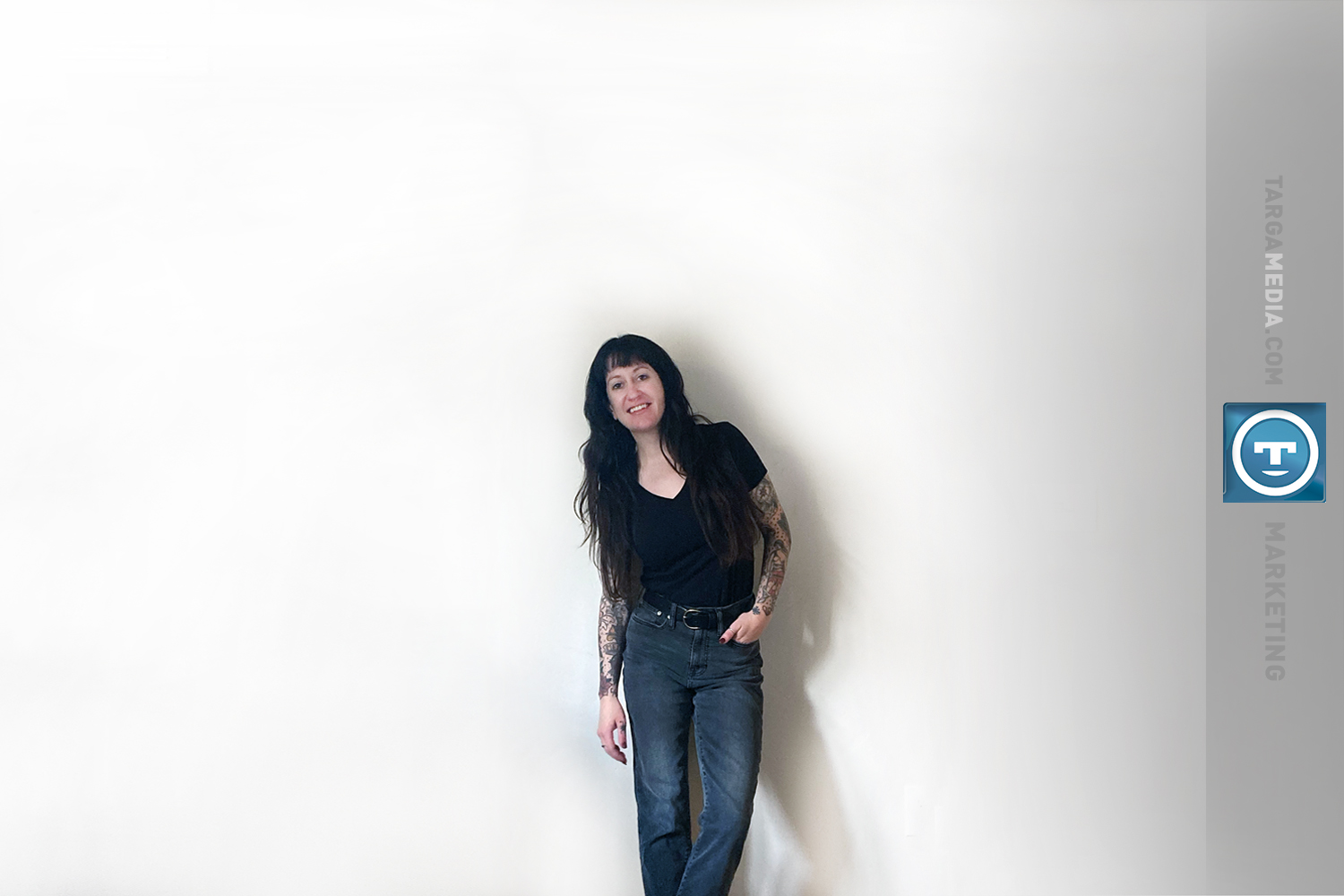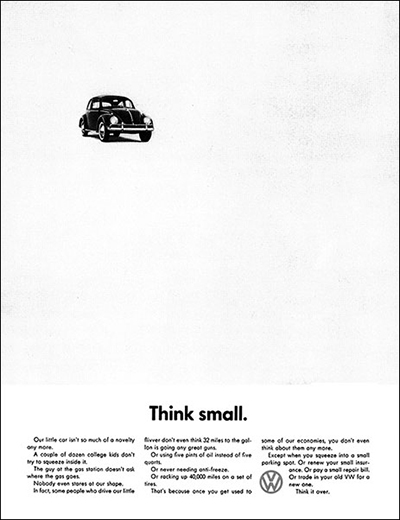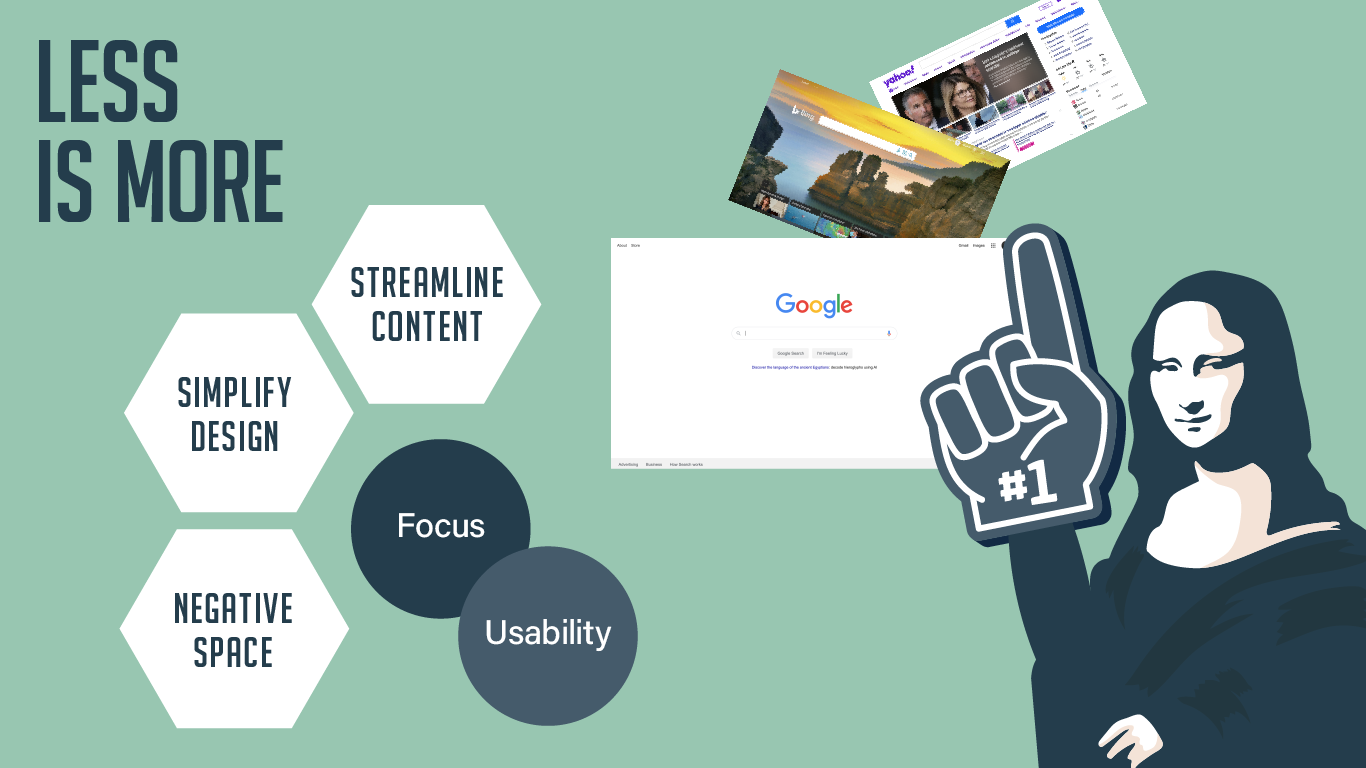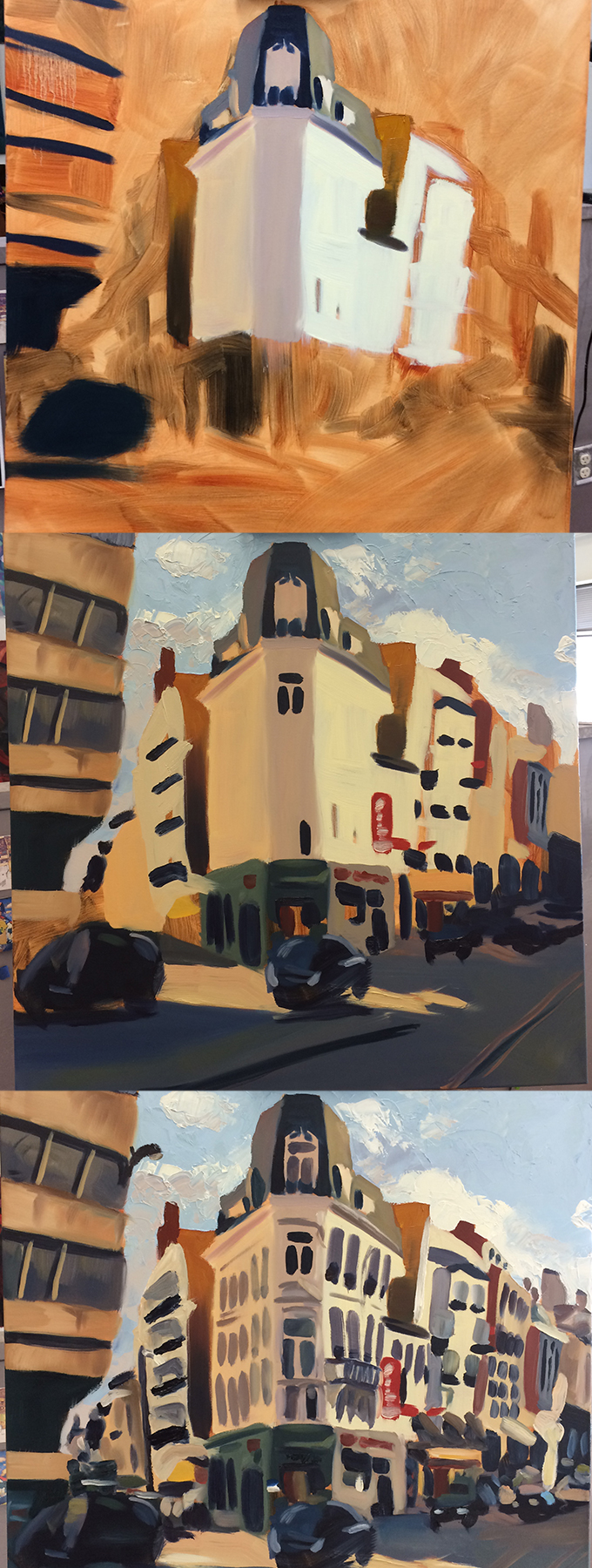The Making of a Masterpiece
My sister, Kaylie, paints beautiful cityscapes.
She paints buildings and cars and people in just the right number of strokes. She gives you enough to see the life thrumming through the streets. Enough to capture the essence of the place without copying it inch for inch, and line for line.
It’s always amazed me. How she knows just which details to keep and which to leave out.
In my drawings, paintings, writings, and other projects, I always feel lost somewhere in the middle. When my drawing doesn’t line up with the reference photo, or my story isn’t conveying the mood I wanted—when it doesn’t come out the way it looks or feels in my head.
How does Kaylie know, from beginning to end, just where to put each shape, just where to touch paint to canvas?
Well, long story short, she doesn’t.
It’s not as if when she starts painting, she has an itemized list of exactly what she will do and in what order. She doesn’t have the hex code of each color mapped out, and the precise ratio of yellow and blue she will mix to achieve that particular shade of green.
It starts out scribbly. She fills in some of the shadows. Blocks out the basic shapes. She paints in layers. Adding color here. Another shape there. More shapes painted on top of that one. She follows her eyes, adding more value where things look flat. More color where they look dull. More detail where they feel empty.
But that’s the point. Along the way, parts of the painting did feel flat, dull, and empty. They didn’t look how she envisioned them.
Kaylie hits the ugly stage, too. But she’s painted enough to know something that the rest of us probably don’t.
